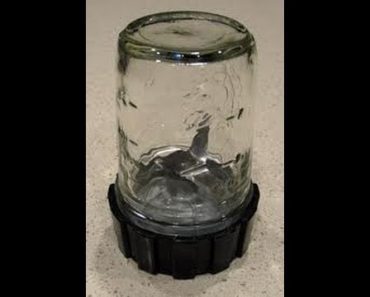I first saw this on YouTube, from a user called fubarprotocol and I had to try make a DIY Handgun rack myself. Basically this project is a strip of hardwood with ¼ metal rods inserted in it and covered with heat shrink tube so that you can hand your pistols up by their bore. […]
Category: How To (How I Did)
You could call this a How To – but people often tell me I did it wrong – now to be fair you can’t really tell me I can’t do it that way, when the video shows I actually DID do it that way – so to cool down the hateraide – lets just call this HOW I DID
Homemade Baby Wipes
Babies are expensive… That was a ground breaking discovery we recently made, I also learned that as my wife transformed into a mother, she became much more demanding. She demands that the baby has the best stuff. While I want the baby to be taken care of, I want to make sure I can afford […]
How to Make the Perfect Homemade Lip Balm
I started beekeeping for two reasons. I wanted honey to make mead, and I wanted beeswax. Beeswax has hundreds of uses, and one of those uses is cosmetics. Now, homemade lip balm isn’t the main use for my beeswax, but when I do make some, it is in high demand because handmade beeswax lip […]
How to Sew Sandbags for Flood Control
This post on How to Sew Sandbags in the military style. It came about because I wanted to learn how to use a sewing machine, and wanted something easy to make that was useful and cheap. Sandbags are a great thing to have in storage, they have multiple uses, last a long time, and […]
How to Use Mason Jars with a Blender
This Mason Jar Blender Tip is a simple trick that can make your kitchen life easier. It seems like many/most blender manufacturers designed the threads of their blender jars to match the threads of canning jars. This means that in many cases (especially with older blenders) you can make a Mason Jar Blender. Simply can […]





